The new Range Rover Sport was developed under two banners, according to the company. “More Range Rover and more Sport” was the conclusion from customer research, and the aim of the engineering team was to create “the fastest, most agile, most responsive Land Rover ever”, with “a huge breadth of ability”.
So although the all-new Range Rover Sport shares the same PLA aluminium platform as the new Range Rover, some 75 per cent of the components – calculated by part numbers – are different from the flagship car’s.
This, say the engineers, is primarily because “no expense was spared” on redesigning the suspension system and lowering the car to create an SUV with class-leading handling.
The Sport structure also accommodates a third row of seats – a layout that Land Rover refers to as 5+2 – in which a pair of seats is fitted into the boot and can be electrically retracted with minimal intrusion on the load space.
Extensive work went into fitting the hinges, rear stop light and rear wiper mechanism into the upper part of the tailgate while still retaining headroom for the rear occupants. Indeed, Land Rover claims that there is 910mm of headroom in the very rear of the Sport, which is more than in a Mercedes E-class. What’s more, the rearmost seats can also also be packaged into the upcoming hybrid version of the Sport.
Despite the Sport’s hardcore intentions, Land Rover also claims class-leading refinement, both in terms of low-speed road noise on a coarse surface and motorway-speed wind noise.
Luxury refinements include a head-up display (which is a first for a Land Rover), very wide-angle rear parking radar (for use when reversing out of a parking space) and an “industry-first” wading depth sensor, which uses sensors in the mirrors to indicate the depth of the water when wading. Indeed, the Sport has a wading depth of 850mm – a level just under the door handles.
Here are 13 more things you might not know about the new Range Rover Sport:
1. Jaguar Land Rover’s Premium Lightweight Architecture (PLA) is rooted in a common crash and floor structure. The upper structure, suspension mounting points and wheel wells differ between SUVs and future Jaguar road cars.
2. The structure is made from 50 per cent recycled aluminium and is held together with 3722 rivets of between 2mm and 10mm in size, plus 161 metres of adhesives.
3. Its strut towers are made from cast aluminium and the structure is mostly pressed.

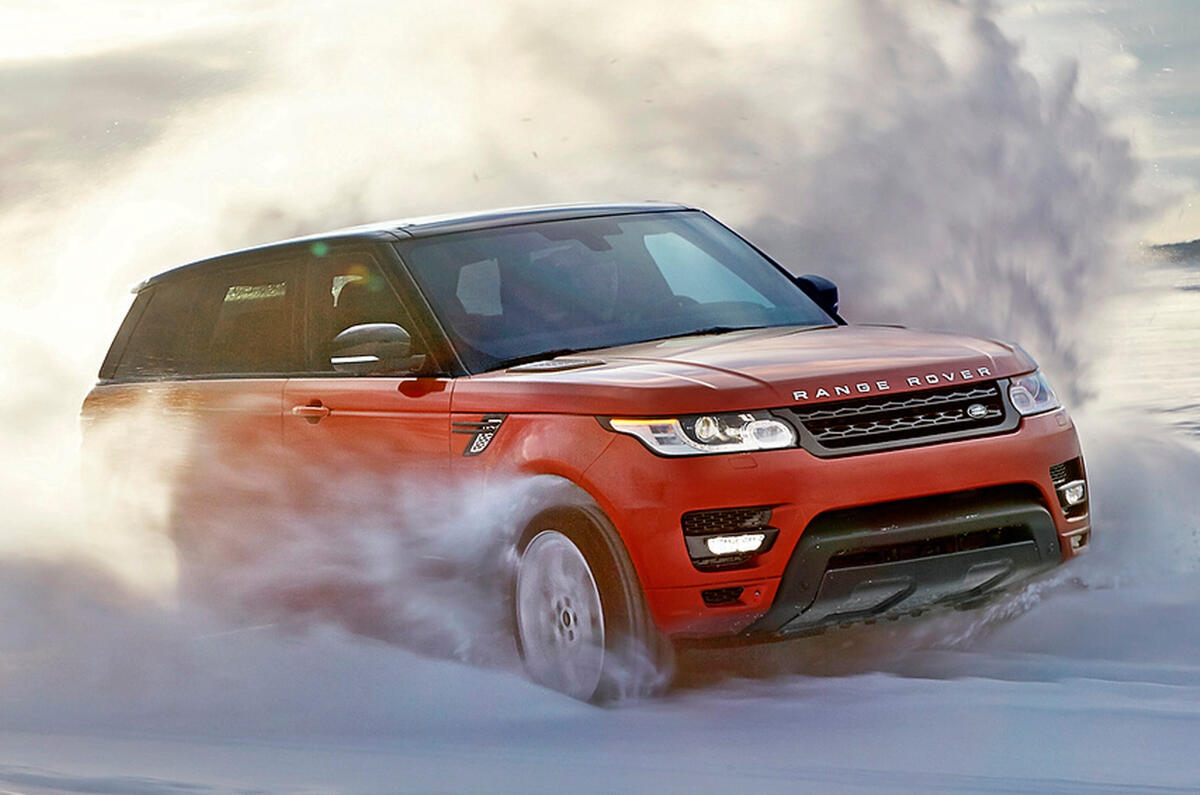
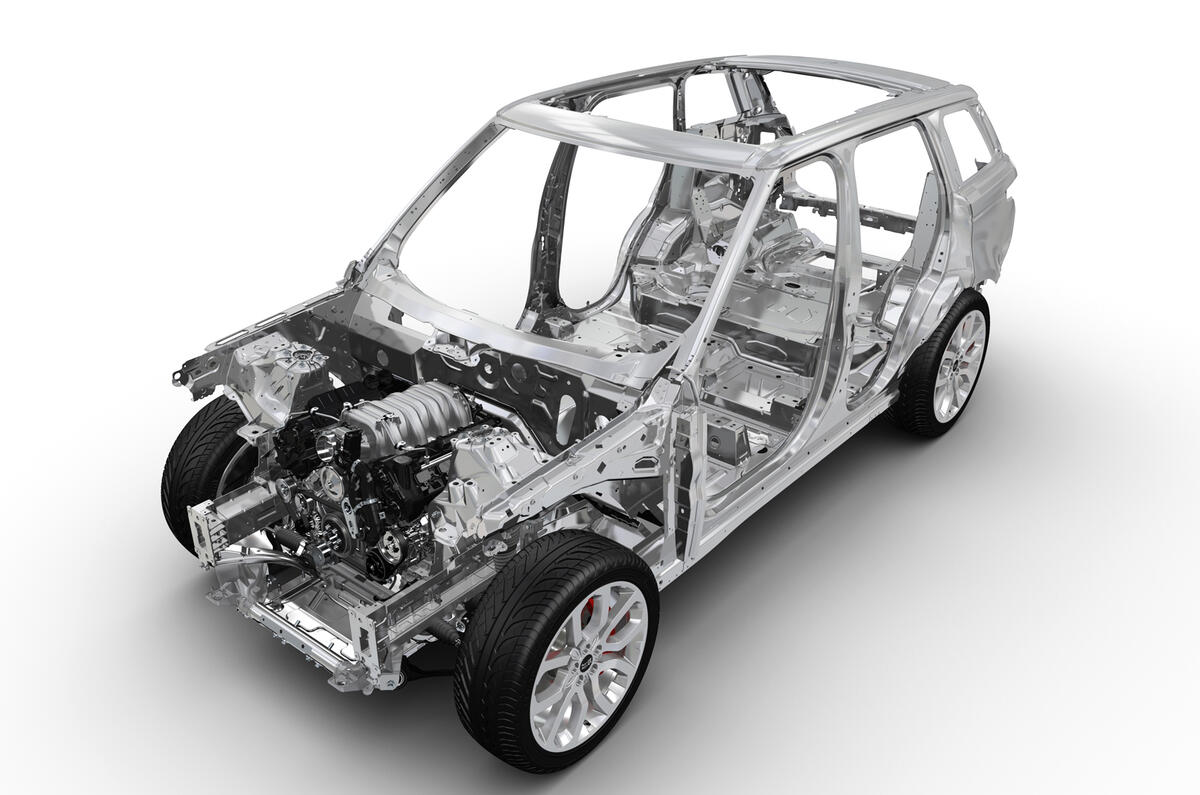
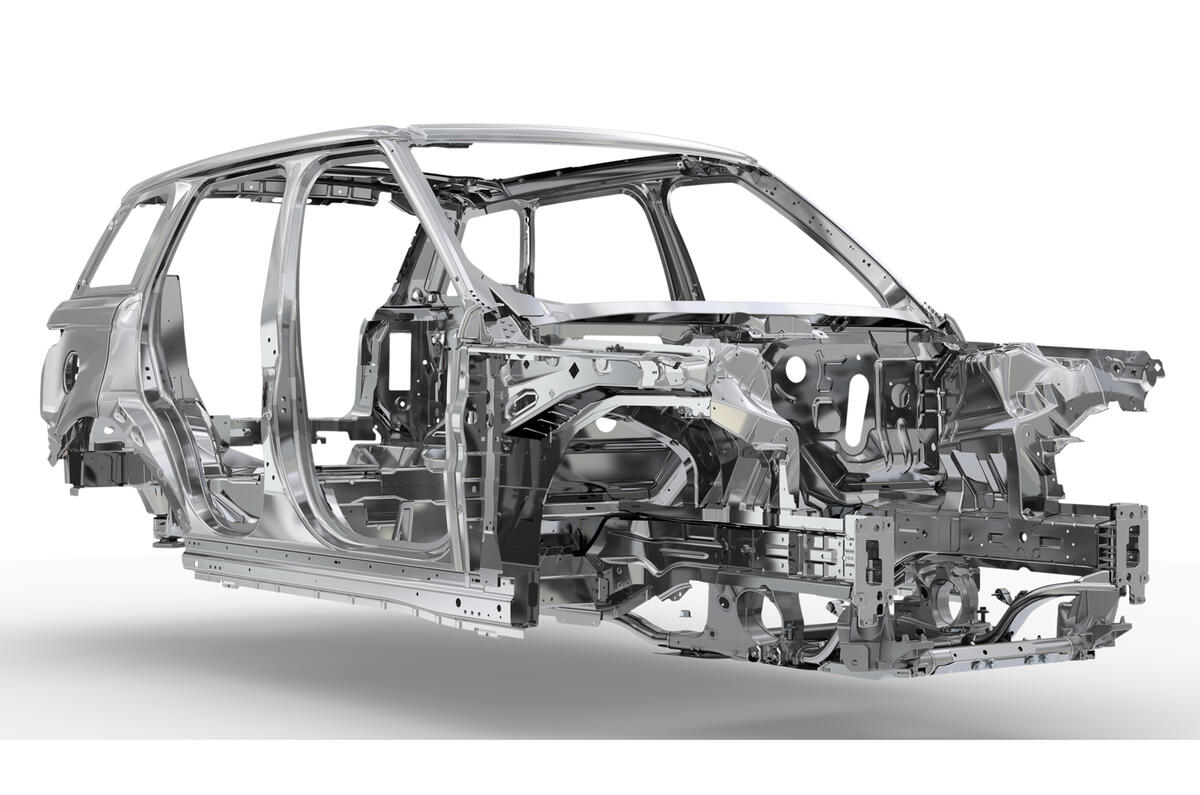
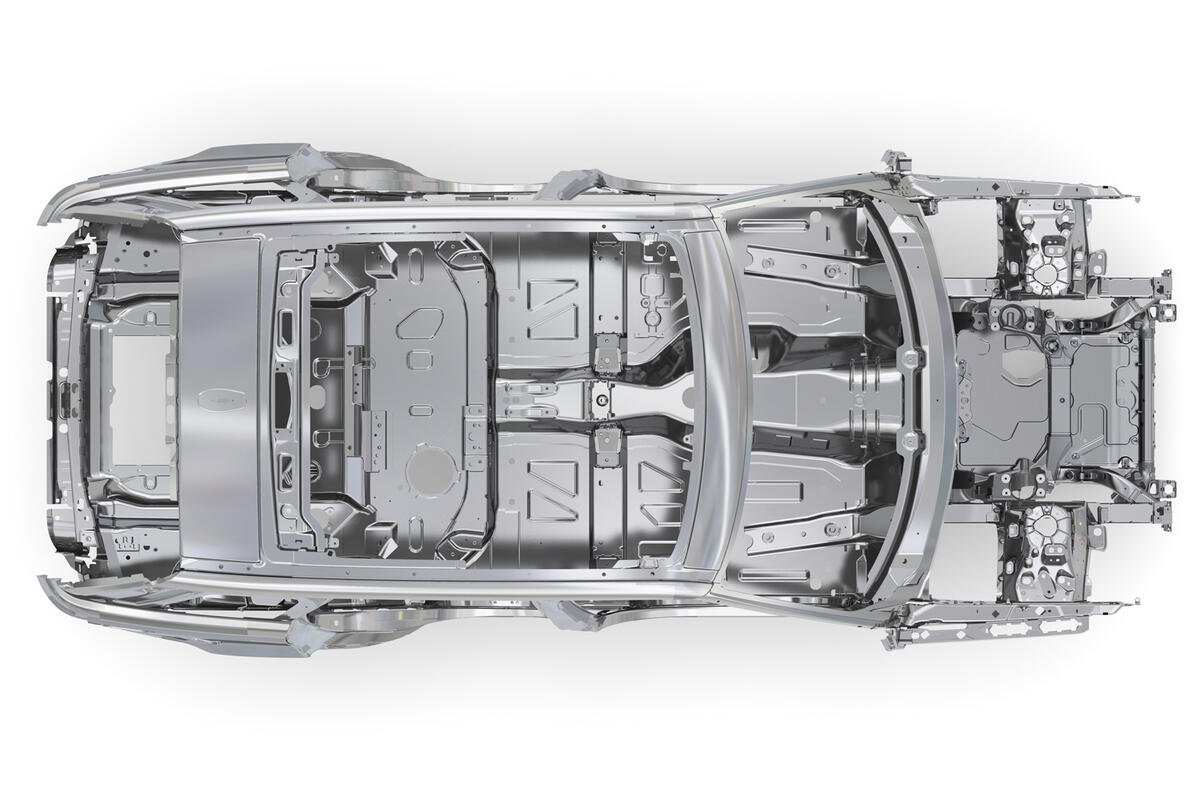

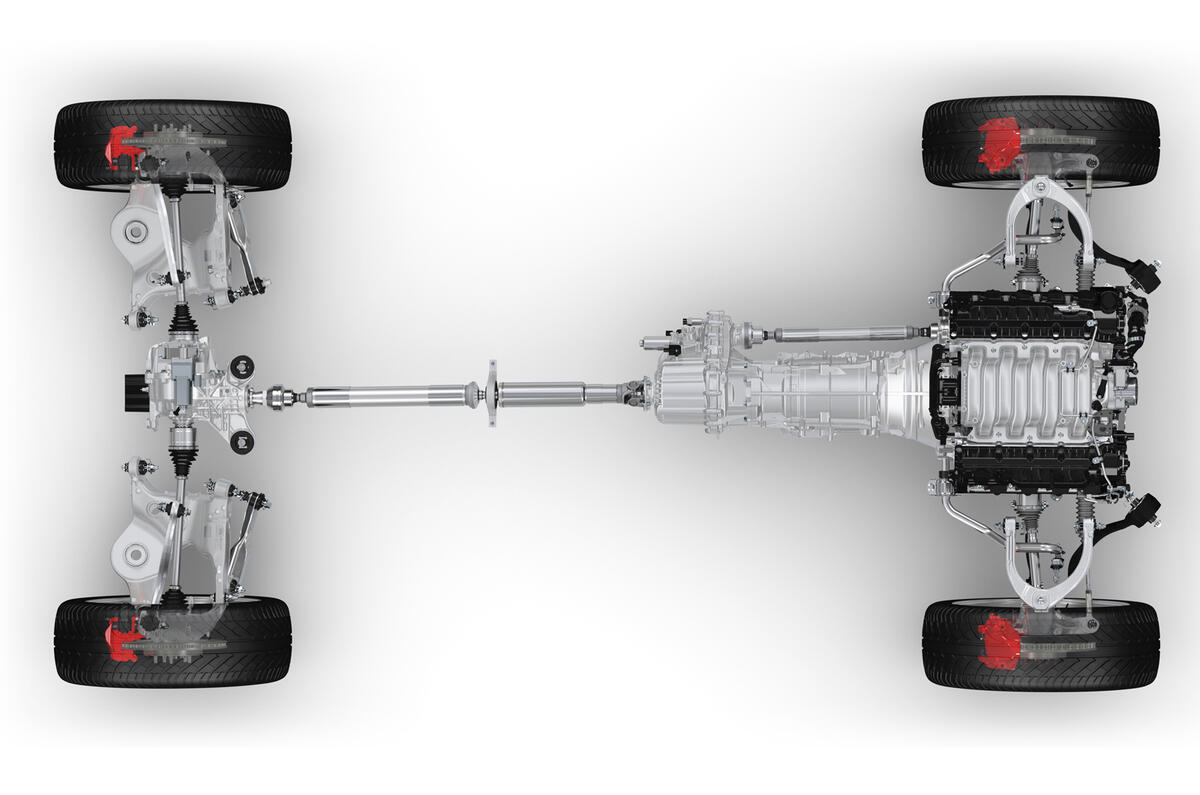
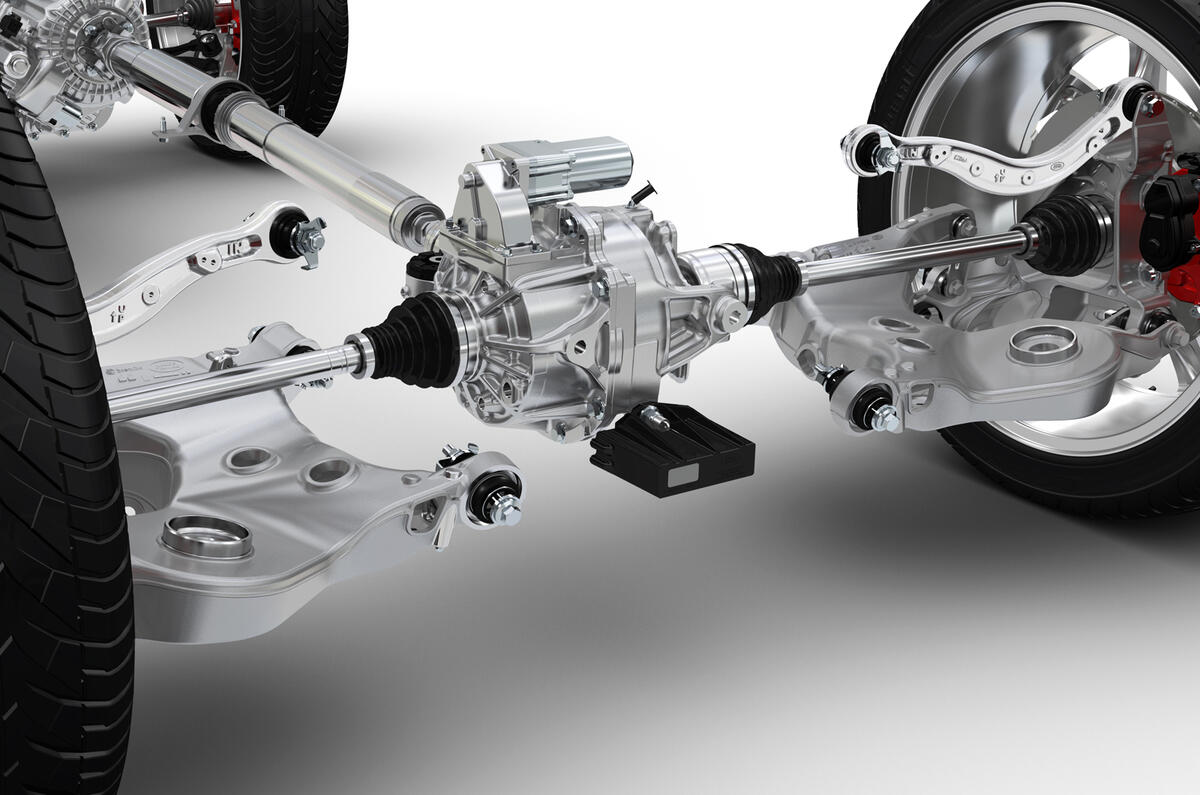
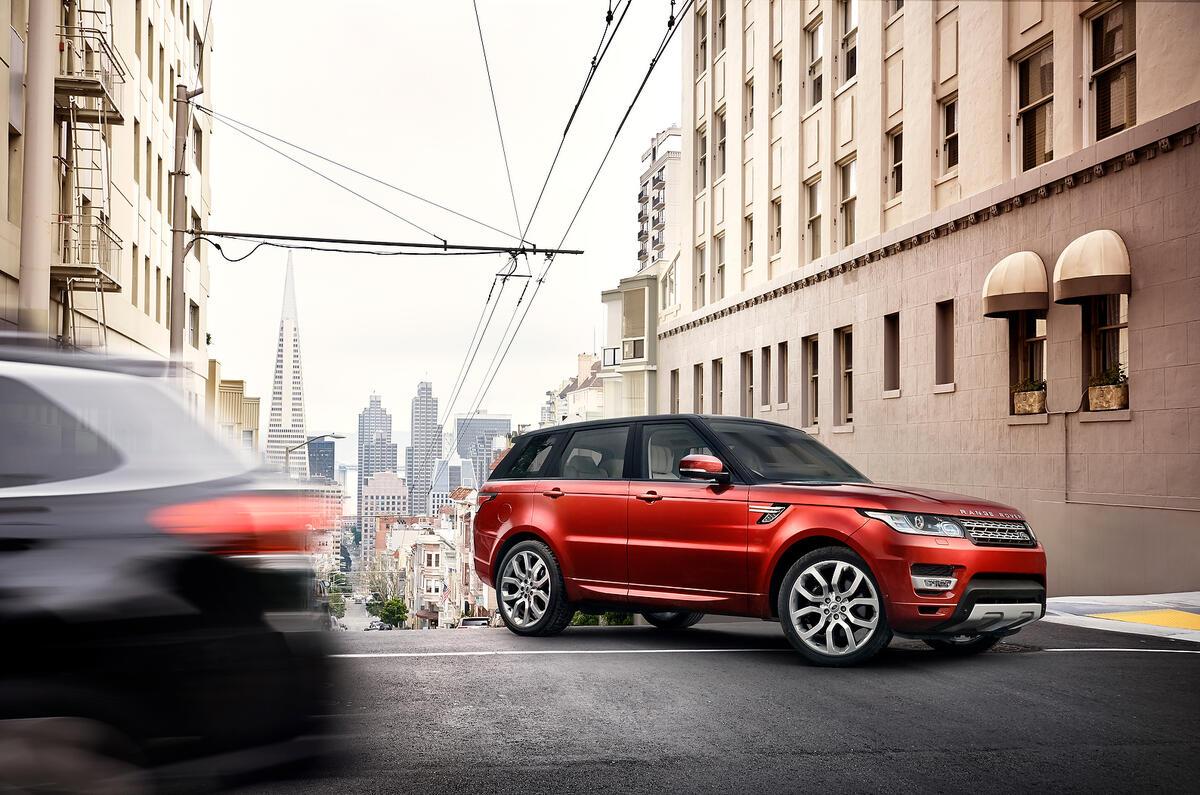

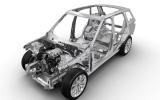
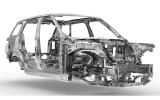
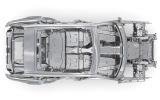

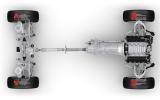
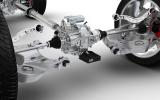
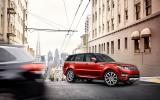



Join the debate
Add your comment
Germans not telling the truth
Who would have thought that.
The ICCT (International council on clean transportation) has carried out a study on the difference between manufacturers fuel figures and the real world, and it appears, BMW, Audi and Mercedes where the biggest offenders.
http://www.theicct.org/laboratory-road
re GermanPower
Listen GermanPower, your comments would be less irrelevant if you at least waited until we know the car's actual speed to have an idea what you are actually talking about. Also, if speed was everything, we' be living in a world of Pagani Zondas and Caterhams...have you ever wondered how come there are other cars than racetrack driving vehicles? Secondly, I have personally taken a Freelander2 offroad up the mountain to 3000m in the summer on rocks and gravel and also driven up an icy red ski slope in winter and it has performed brilliantly in both cases and has never broken down in 5 years, now go an try doing the same with an X5 and let me know how you got on before you write in this forum again. Lastly, If you don't care about driving offroad, why are you reading articles about Range Rover in the first place? Shouldn't you rather restrict yourself to articles about LaFerrari vs Bugatti Veneno? 'nuff said...
Pure class
I was lucky enough to visit the Factory on Friday to preview the Range Rover Sport and was very impressed by the scale of Lode Lane and the new car.It looked fantastic in the flesh and to see the rr and rrs on mass they looked very aspirational and impressively built .For those morons on about what is fastest I say get a bike you probably can't afford a decent car anyway.The figures for the new cars seem certainly on a par performance wise and economy with the likes of BMW ,Audi ,Porche and Mercedes.But they look better and have a lovely detailed interior and exterior rather than look like a taxi. I think 0 to 60 in 5 seconds is rather good for the v8 petrol and 6.8 seconds for the diesel far quicker than a Lamborghini or Ferrari of a few years ago.